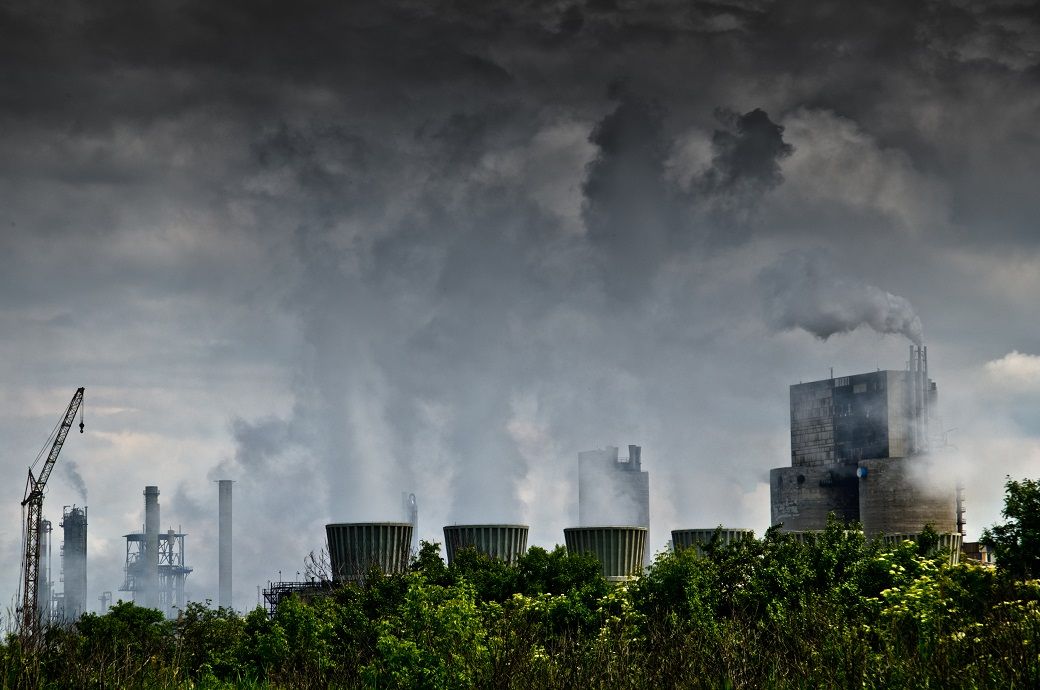
The Roadmap proposed a threefold increase in renewable energy capacity by 2030, along with an ‘orderly decline’ in fossil fuel use. However, a key component is the call to double the rate of energy efficiency progress this decade. This aligns with the Versailles Statement made at the IEA’s 8th Annual Global Conference on Energy Efficiency in June, where 46 governments pledged to work towards this goal. The focus on doubling energy efficiency and tripling renewable capacity was also a topic at this year’s G7 and G20 summits, according to an article titled ‘A global target to double efficiency progress is essential to keep net zero on the table’ by Brian Motherway, IEA’s head of energy efficiency and inclusive transitions office.
The goals would account for 80 per cent of the necessary emissions reductions this decade, enabling the achievement of net zero emissions by 2050. The Roadmap outlined that a 75 per cent reduction in global methane emissions and a comprehensive increase in the electrification of heating and transport are also vital.
The renewed emphasis on energy efficiency comes at a critical time, particularly in light of the global energy crisis sparked by Russia’s invasion of Ukraine. Energy efficiency is now more widely recognised as a way to address energy security, affordability, and climate change concurrently. IEA analysis shows that over 70 per cent of the global economy has introduced new or stronger efficiency measures, leading to record investments in this domain.
Global energy intensity improved by just over 2 per cent in 2022, a rate that needs to double to 4 per cent annually to meet the 2030 target. Such an improvement would generate a 40 per cent increase in economic output per unit of energy used by 2030. The benefits include substantial energy and cost savings, improved living and working environments, and the creation of over 3 million jobs.
While the IEA recognised that almost all countries have improved their energy intensity by 4 per cent or more at least once in the past decade, the real challenge lies in maintaining this improvement rate. Five G20 nations—China, France, Indonesia, Japan, and the UK—have managed to sustain an average of 4 per cent or more over a five-year period.
Fibre2Fashion News Desk (NB)